A Poppy is a flowering plant in the subfamily Papaveroideae of the family Papaveraceae. Poppies are herbaceous plants, often grown for their colourful flowers. One species of poppy, Papaver somniferum produces edible seeds, and is also the source of the crude drug opium which contains powerful medicinal alkaloids such as morphine and has been used since ancient times as analgesic and narcotic medicinal and recreational drugs. Following the trench warfare which took place in the poppy fields of Flanders, during the 1st World War, red poppies have become a symbol of remembrance of soldiers who have died during wartime.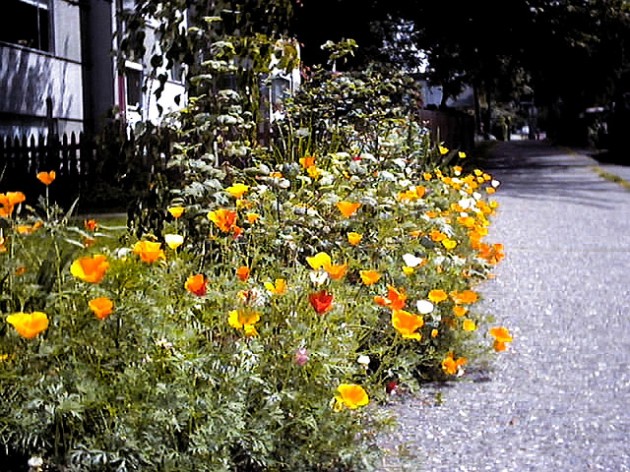
Description
Poppies are herbaceous annual, biennial or short-lived perennial plants. Some species are monocarpic, dying after flowering. Poppies can be over 4 feet tall with flowers up to six inches across. The flowers have 4 to 6 petals, many stamens forming a conspicuous whorl in the centre of the flower and an ovary consisting of from 2 to many fused carpels. The petals are showy, may be of almost any color and some have markings. The petals are crumpled in the bud and as blooming finishes, the petals often lie flat before falling away. Poppies are in full bloom late spring to early summer.[1] Most species secrete latex when injured. Bees use poppies as a pollen source. The pollen of the oriental poppy, Papaver orientale, is dark blue, that of the field or corn poppy (Papaver rhoeas) is dark green to grey.[2] The opium poppy, Papaver somniferum, is mainly grown in eastern and southern Asia, and South Eastern Europe. It is believed that it originated in the Mediterranean region [3]
Poppies belong to the subfamily Papaveroideae of the family Papaveraceae, which includes the following genera:
- Papaver – Papaver rhoeas, Papaver somniferum, Papaver orientale, Papaver nudicaule
- Eschscholzia – Eschscholzia californica
- Meconopsis – Meconopsis cambrica, Meconopsis napaulensis
- Stylophorum – celandine poppy
- Argemone – prickly poppy
- Romneya – matilija poppy and relatives
- Canbya – pygmy poppy
- Stylomecon – wind poppy
- Arctomecon – desert bearpaw poppy
- Hunnemannia – tulip poppy
- Dendromecon – tree poppy
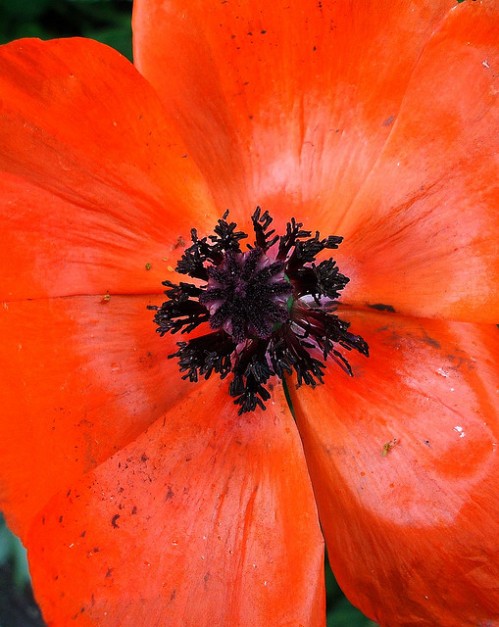 Uses
Uses
The flowers of most poppy species are attractive and are widely cultivated as annual or perennial ornamental plants. This has resulted in a number of commercially important cultivars, such as the Shirley poppy, a cultivar of Papaver rhoeas and semi-double or double (flore plena) forms of the opium poppy Papaver somniferum and oriental poppy (Papaver orientale). Poppies of several other genera are also cultivated in gardens. A few species have other uses, principally as sources of drugs and foods. The opium poppy is widely cultivated and its worldwide production is monitored by international agencies. It is used for production of dried latex and opium, the principal precursor of narcotic and analgesic opiates such as morphine, heroin and codeine. Poppy seeds are rich in oil, carbohydrates, calcium, and protein. Poppy oil is often used as cooking oil, salad dressing oil, or in products such as margarine. Poppy oil can also be added to spices for cakes, or breads. Poppy products are also used in different paints, varnishes, and some cosmetics (Jonsson and Krzymanski, 1989).
Symbolism
Poppies have long been used as a symbol of sleep, peace, and death: Sleep because of the opium extracted from them, and death because of the common blood-red color of the red poppy in particular. In Greek and Roman myths, poppies were used as offerings to the dead.[4] Poppies used as emblems on tombstones symbolize eternal sleep. This symbolism was evoked in the children’s novel The Wonderful Wizard of Oz, in which a magical poppy field threatened to make the protagonists sleep forever.[4]
A second interpretation of poppies in Classical mythology is that the bright scarlet colour signifies a promise of resurrection after death.[5]
The poppy of wartime remembrance is Papaver rhoeas, the red-flowered corn poppy. This poppy is a common weed in Europe and is found in many locations; including Flanders, which is the setting of the famous poem “In Flanders Fields,” by the Canadian surgeon and soldier John McCrae. In Canada, the United Kingdom, Australia, South Africa and New Zealand, artificial poppies (plastic in Canada, paper in the UK, Australia, South Africa, Malta and New Zealand) are worn to commemorate those who died in war. This form of commemoration is associated with Remembrance Day, which falls on November 11. In Canada, Australia and the UK, poppies are often worn from the beginning of November through to the 11th, or Remembrance Sunday if that falls on a later date. In New Zealand and Australia, soldiers are commemorated on ANZAC day (April 25),[6] although the poppy is still commonly worn around Remembrance Day. Wearing of poppies has been a custom since 1924 in the United States. Miss Moina Michael of Georgia is credited as the founder of the Memorial Poppy in the United States.[7][8][9]
Medical uses
Ancient Egyptian doctors would have their patients eat seeds from a poppy to relieve pain. Poppy seeds contain small quantities of both morphine and codeine,[10] which are pain-relieving drugs that are still used today. Poppy seeds and fixed oils can also be nonnarcotic because when they are harvested the morphine practically disappears from the seeds twenty days after the flower has opened (Jonsson and Krzymanski, 1989).
Other uses
The California poppy, Eschscholzia californica, is the state flower of California.
In Mexico, Grupo Modelo, the makers of Corona beer, used red poppy flowers in most of its advertising images until the 1960s.
A poppy flower is depicted on the reverse of the Macedonian 500 denars banknote, issued in 1996 and 2003.[11] The poppy is also part of the coat of arms of the Republic of Macedonia.
The powerful symbolism of Papaver rhoeas has been borrowed by various advocacy campaigns, such as the White Poppy and Simon Topping‘s black poppy.
The girl’s given name “Poppy” is taken from the name of the flower.[citation needed]
Poppies (called amapolas in Spanish) are commonly featured as the central flower in Puerto Rican weddings.[citation needed]
Artificial poppies (called “Buddy Poppies”) are used in the veterans’ aid campaign by the Veterans of Foreign Wars, which provides money to the veterans who assemble the poppies and various aid programs to veterans and their families.[12]
Canada issued special quarters (25-cent coins) with a red poppy on the reverse in 2004, 2008 and 2010. The 2004 Canadian “poppy” quarter was the world’s first coloured circulation coin.[13]

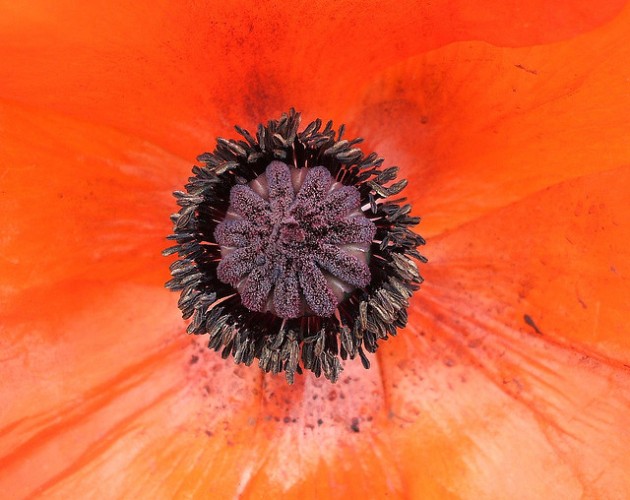
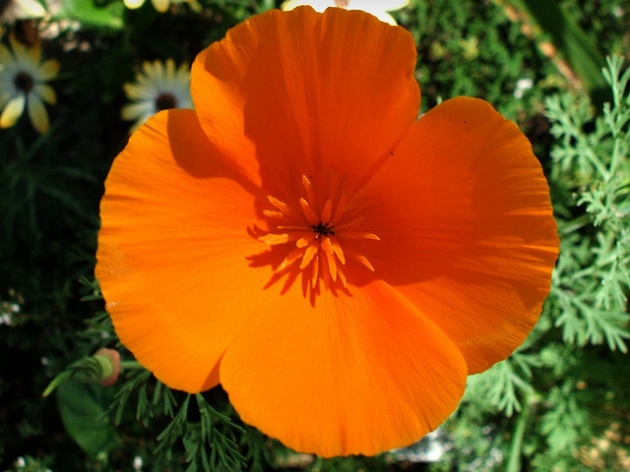
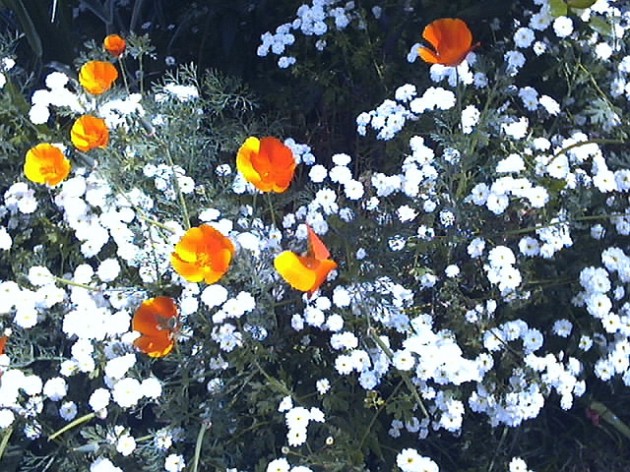
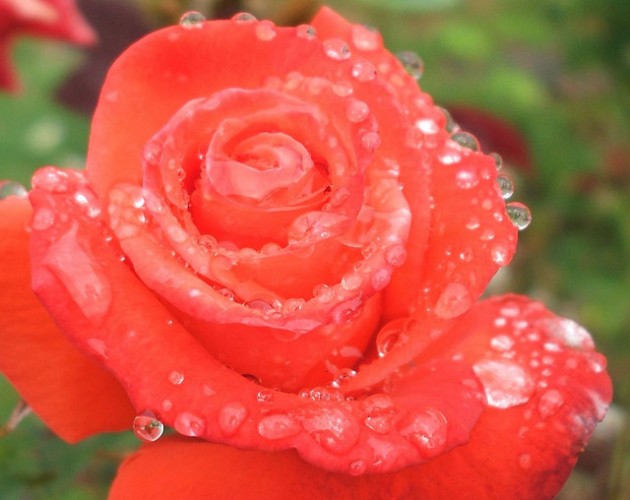
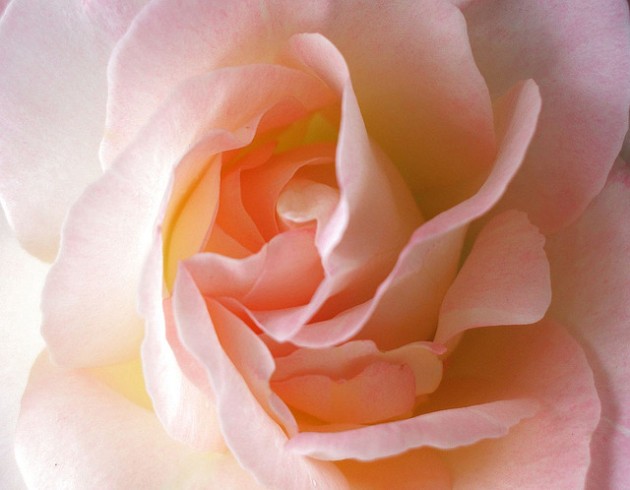


 Tulips are very popular to an extent that during the 17th century, most of Europe particularly Holland, was gripped in a craze for Tulips that as a result, many had to even sell off their fortunes. It was popularly known as the Tulipomania.
Tulips are very popular to an extent that during the 17th century, most of Europe particularly Holland, was gripped in a craze for Tulips that as a result, many had to even sell off their fortunes. It was popularly known as the Tulipomania.





![20170123050651-f09370cbed.[gif-2-mp4.com] 20170123050651-f09370cbed.[gif-2-mp4.com]](https://live.staticflickr.com/428/32472212275_9af8805d25_m.jpg)


